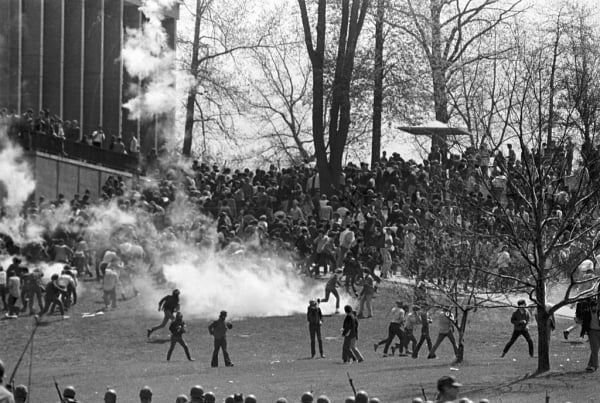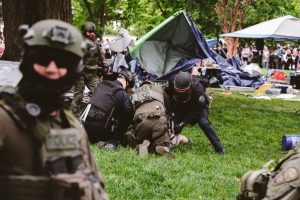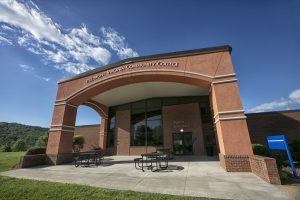On May 4, 1970, the United States was rocked by an event that would leave a long-lasting impact on the nation’s collective memory. The Kent State shootings, also known as the Kent State massacre, occurred when Ohio National Guard troops opened fire on unarmed students protesting the Vietnam War at Kent State University in Ohio.
The events leading up to the tragedy began on April 30, when President Richard Nixon announced the invasion of Cambodia during the Vietnam War. This decision sparked widespread protests across the country, including at Kent State University. Tensions mounted as protests turned violent, with the Ohio National Guard called in to restore order.
On May 4, a peaceful demonstration turned deadly when guardsmen fired on the crowd of students, killing four and wounding nine others. The incident shocked the nation and led to further protests and unrest across the country.
The aftermath of the Kent State shootings had a profound impact on American society. The event further polarized the nation over the Vietnam War, with many questioning the government’s actions and the use of force against its own citizens. It also raised questions about the role of the military and the government in responding to dissent.
The long shadow of May 4, 1970, continues to be felt today. The memory of the Kent State shootings serves as a reminder of the power of dissent and the importance of protecting the rights of citizens to protest peacefully. It also serves as a cautionary tale about the consequences of using force to suppress political expression.
In recent years, there has been a renewed focus on the legacy of the Kent State shootings, with memorial events and discussions about their significance. The events of May 4, 1970, remain a pivotal moment in American history, reminding us of the need to protect our democratic values and uphold the rights of all citizens to peacefully protest and speak out against injustice.



